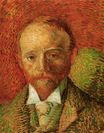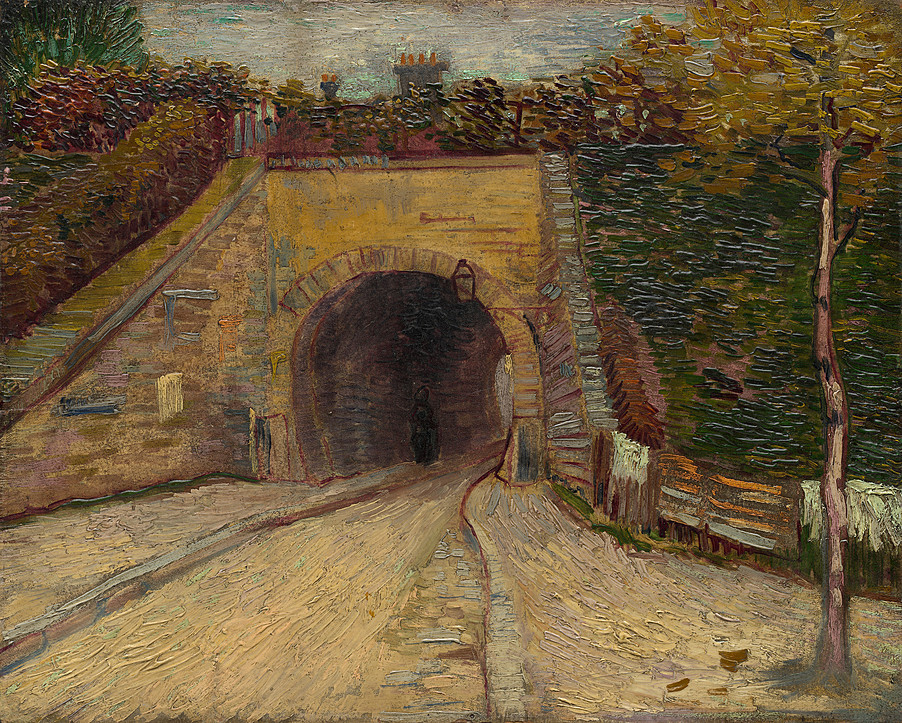Винсент Ван Гог - Подземный переход. Виадук 1887
 |
 |
 |
 |
 |
 |
 |

Подземный переход. Виадук 1887
32x41см холст/масло
New York, The Solomon R. Guggenheim Museum
<< Previous G a l l e r y Next >>
From The Solomon R. Guggenheim Museum, New York:
While living in Paris, Vincent van Gogh made frequent excursions to the suburb of Asnières to escape the urban environment and paint in nature before his subject, a method he often advocated to other artists. On these trips he would usually stay at the family home of Bernard, a young painter he advised. In a letter to Bernard from Arles, Van Gogh reiterated his position on the importance of painting from experience rather than from the imagination: “I am getting well acquainted with nature. I exaggerate, sometimes I make changes in a motif; but for all that, I do not invent the whole picture; on the contrary, I find it all ready in nature, only it must be disentangled.”¹ On a late summer day in 1887, the artist set out to record one of the many now-extinct poternes, or underpass and tollhouse structures, that ringed Paris and regulated entry into the city. For Roadway with Underpass (Le viaduc), Van Gogh chose the vantage point of a traveler en route from Asnières, which is suggested by a dim glow at the end of the tunnel. The lone figure clad in black walking into the darkness midway in the tunnel lends a vague air of foreboding.
Jennifer Blessing